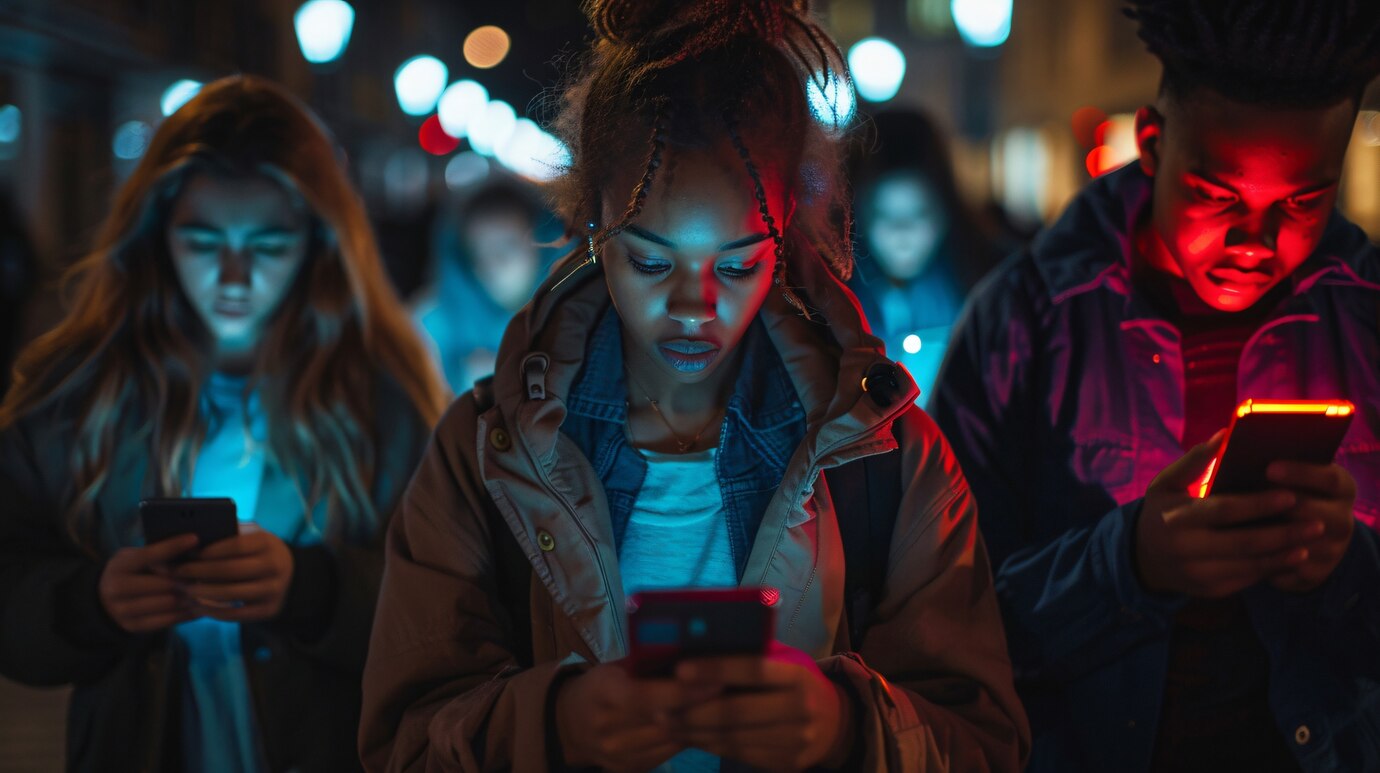In the digital age, technology doesn’t just connect us—it shapes how we see ourselves and how the world sees us. From avatars and social media profiles to algorithmic bias and virtual communities, tech is deeply entwined with our sense of identity. But as we move through increasingly online spaces, we face critical questions: Who gets to be visible? Whose voices are amplified? And how do our gender, race, and identity shape—and get shaped by—the platforms we live on?
This is where tech and identity collide, and the results are complex, empowering, and often fraught with tension.
Digital Spaces, Real Identities
Online, we construct identity through bios, photos, usernames, and the platforms we choose to engage with. For many, the internet is a place of self-expression and self-discovery—a space to explore identities that may not feel safe or accepted offline.
-
Trans and nonbinary users have used digital platforms to find community, visibility, and resources in ways that traditional media rarely offered.
-
Black creators and activists have turned platforms like TikTok, YouTube, and Twitter into powerful tools for cultural expression and resistance.
-
Indigenous and diasporic communities have carved out digital spaces to share language, traditions, and stories often erased from mainstream tech narratives.
The internet has always been a double-edged sword—a place of connection and alienation, empowerment and surveillance.
The Algorithm Isn’t Neutral
Here’s the hard truth: algorithms, the invisible engines behind much of our digital experience, are not objective. They are trained on data created by people—and people have biases. As a result, technology often reinforces social inequalities rather than correcting them.
-
Facial recognition systems have shown significantly higher error rates for people with darker skin tones, especially Black women.
-
Search engines can reflect harmful stereotypes depending on query phrasing.
-
Recommendation algorithms may promote content from white creators more frequently, even when creators of color have similar or higher engagement.
-
Moderation systems often disproportionately silence marginalized voices—flagging posts about racism, sexism, or LGBTQ+ topics as “inappropriate” or “violating guidelines.”
When your identity determines how an algorithm treats you, it’s no longer just about tech—it’s about justice.
Avatars, Emojis, and Representation
The visuals we use to represent ourselves—emojis, avatars, profile pictures—have also become cultural battlegrounds.
-
The introduction of diverse emoji skin tones and gender options was a small but significant step toward representation.
-
VR and gaming avatars now offer more customization for body types, hair textures, and gender identities.
-
Platforms like Bitmoji and Apple’s Memoji allow for expression that reflects a broader range of identities, but not always without limitation.
Representation in these micro-spaces matters. When people can’t see themselves reflected in the digital world, it reinforces a message: you don’t belong here.
Digital Activism and Identity Assertion
Despite the challenges, tech has been a powerful tool for activism:
-
Movements like #BlackLivesMatter, #MeToo, and #TransRightsAreHumanRights have galvanized global awareness and community support.
-
TikTok and Instagram have allowed queer, disabled, and neurodivergent creators to share stories and strategies with massive reach.
-
Hashtag campaigns have become a form of digital protest—identity assertion in real time.
But visibility is a double-edged sword. With visibility often comes doxxing, harassment, and online hate, especially for women, BIPOC, and LGBTQ+ users. Platforms have been criticized for slow or inadequate responses to targeted abuse, raising questions about accountability.
Designing for Inclusion
So what can be done? A lot—if tech companies are willing to prioritize equity:
-
Inclusive product design: Hire diverse teams and involve communities directly affected by tech decisions.
-
Bias audits: Test algorithms for bias regularly and openly report findings.
-
Safer spaces: Develop better moderation tools that don’t punish marginalized voices while allowing harassment to flourish.
-
Data transparency: Allow users to understand and control how their data shapes their digital experiences.
Tech doesn’t have to erase identity. It can celebrate and amplify it, if built with intention.
Identity Is Not Optional Online
As digital life becomes more central to who we are, our identities are no longer left at the login screen—they’re woven into every click, every comment, every algorithmic suggestion. And in a world where code shapes culture, representation isn’t just a checkbox—it’s a responsibility.
To navigate this future, we must demand more inclusive technology, amplify voices at the margins, and continue to ask the hard questions:
Whose face is the default? Whose voice is heard? And who gets to build the future of the digital world?

